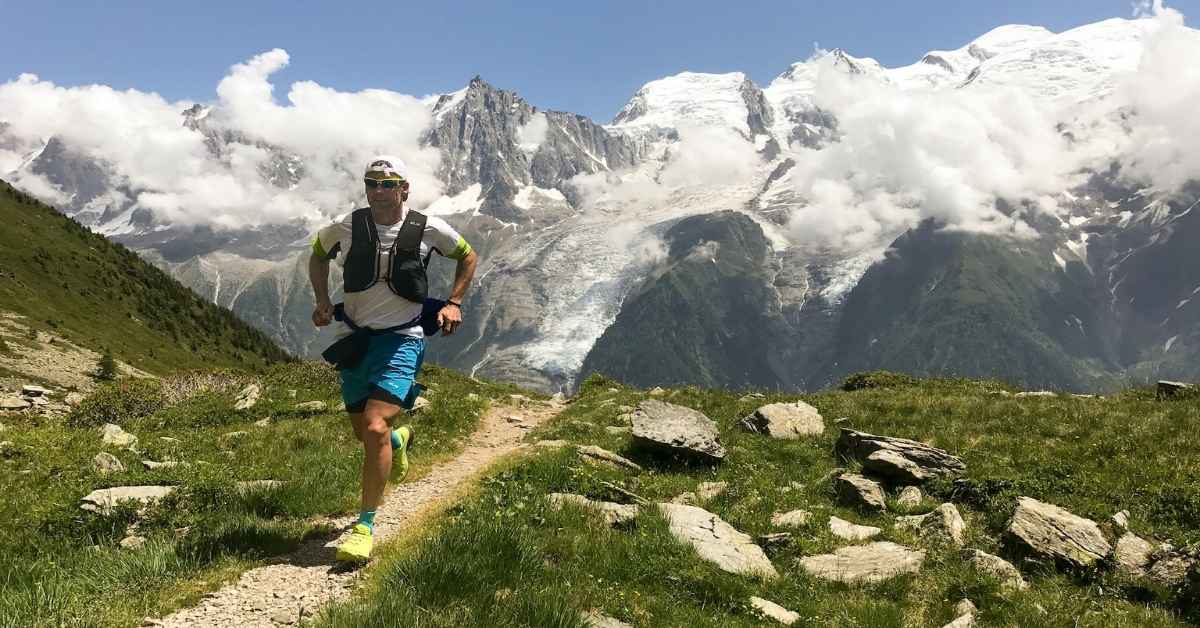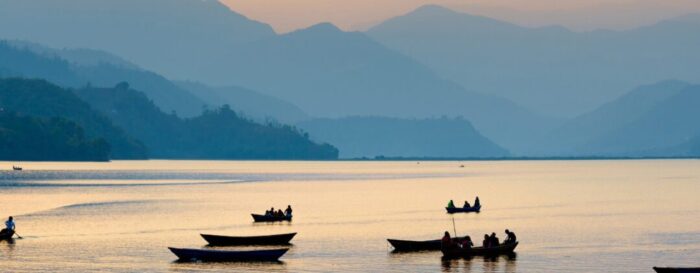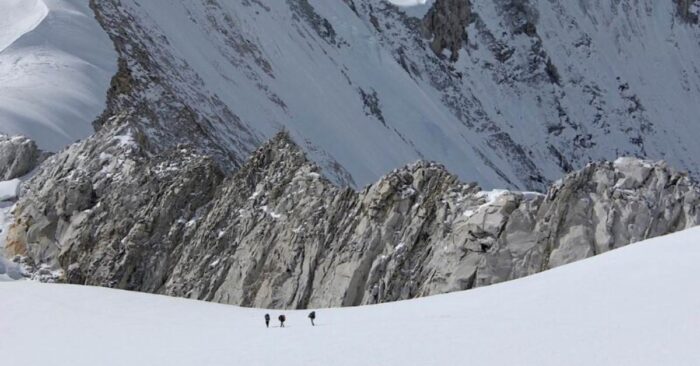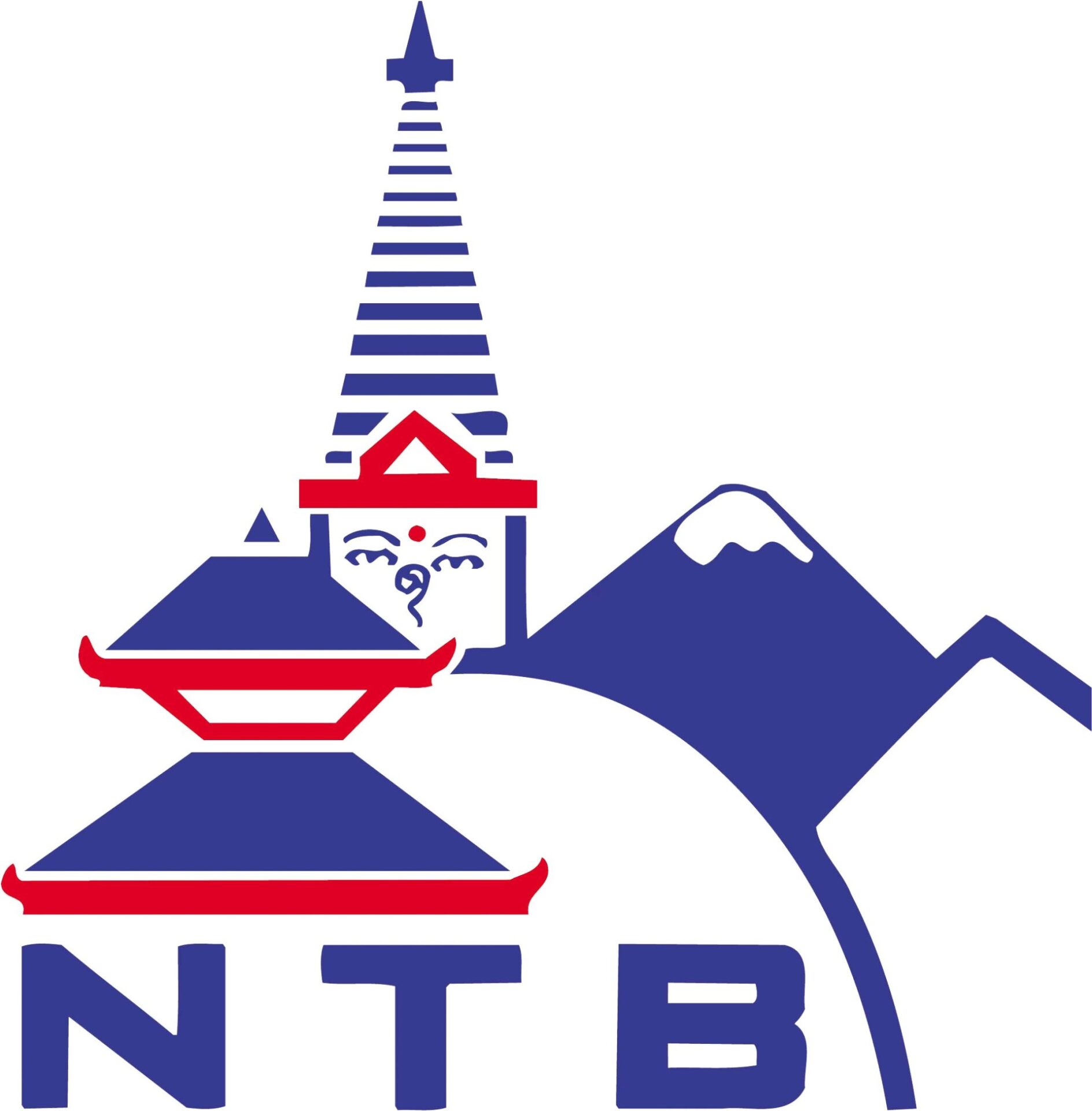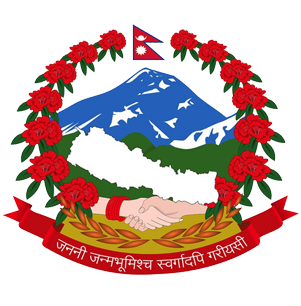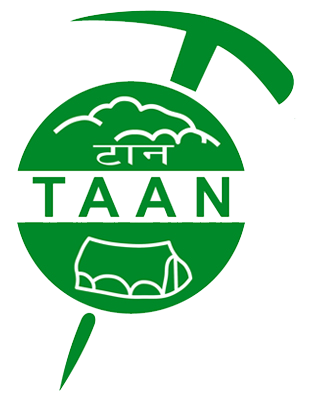Trekking in Nepal demands physical and mental preparation, especially at higher altitudes. Whether a beginner or an experienced trekker, it’s crucial to be mentally and physically prepared for the demanding trail conditions. Training is essential for walking 8 to 10 hours a day on steep, rocky terrain, carrying a backpack, and navigating intense heat and chilly evenings. Prioritizing training can make trekking easier, safer, and more pleasurable. Here’s a suggested training and fitness regimen for trekking:
Phase 1: Base Fitness (6-8 weeks before trek)
Cardiovascular Endurance:
- At least three times a week, begin with 20 to 30 minutes of hard work out cycling, walking, or swimming.
- Gradually increase duration and intensity to build stamina.
Strength Training:
- With bodyweight exercises like squats, lunges, push-ups, and core exercises, concentrate on developing overall strength.
- Include 2-3 strength training sessions per week.
Flexibility and Mobility:
- Include stretches to increase your range of motion and flexibility.
- Pay attention to areas prone to stiffness, like the hips, hamstrings, and shoulders.
Phase 2: Specific Conditioning (4-6 weeks before trek)
Hiking Simulation:
- Take longer walks or hikes, preferably on uneven terrain, to simulate trekking conditions.
- Use a backpack with gradually increasing weight to simulate the load you’ll carry during the trek.
Altitude Simulation:
- Consider doing simulated altitude training if you plan to trek at a high altitude.
- Focus on longer aerobic activities to improve oxygen utilization.
Interval Training:
- Add interval training to your cardio workouts to improve both endurance and speed.
- Include short bursts of high-intensity activities followed by periods of rest.
Phase 3: Recovery and Final Preparation (2 weeks before trek)
Reduce Intensity:
- Reduce the duration and intensity of your workouts to give your body time to heal.
- Make an effort to maintain your flexibility and mobility.
Mental Preparation:
- Imagine the trek, predict difficulties, and mentally get ready for the adventure.
- Ensure you have all the necessary gear and equipment.
Rest and Recovery:
- Make sure you get enough sleep and rest so your body can heal completely.
- Drink plenty of water and concentrate on your diet to maintain your energy levels.
During the Trek
Hydration:
- Stay hydrated by drinking lots of water throughout the trek, particularly as you ascend higher.
Pacing:
- Depending on the difficulty of the trek, begin at a moderate pace and progressively pick up the pace.
Pay attention to your body:
- Observe any symptoms of exhaustion, nausea from high altitude, or pain.
- Rest or change your speed as necessary.
Nutrition:
- Carry high-energy snacks and meals to keep you going on your trek.
- Eat a healthy balance of fats, proteins, and carbohydrates.

